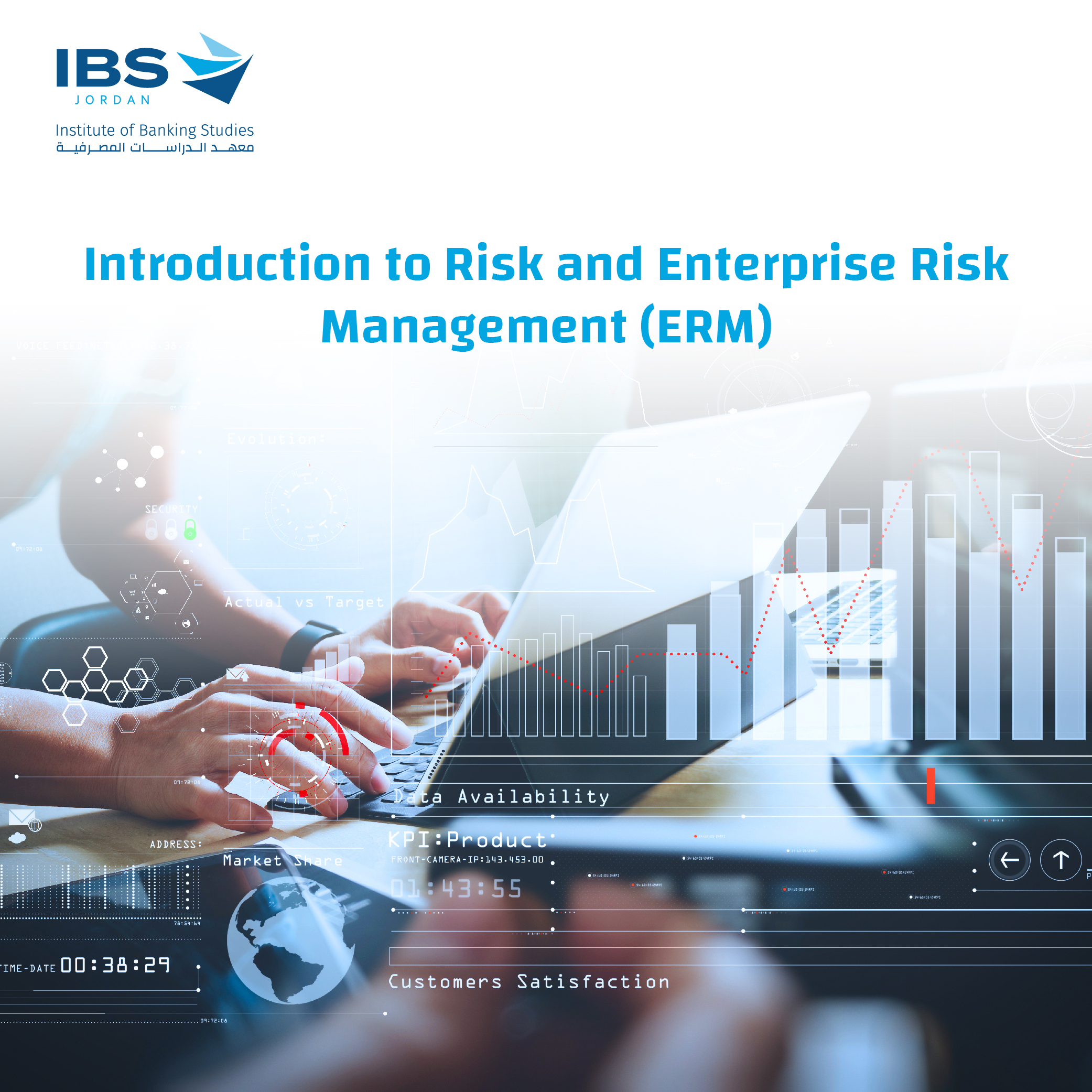
By the end of this training course, trainees will be able to :
- Explain the history and drivers of risk management practices in the banking industry.
- Compare and contrast the main risk management setting bodies and standards.
- Identify the internal control integrated framework.
- Apply the concepts of enterprise risk management (ERM).
- Discuss the nature and purpose of internal control, audit and risk assurance techniques.
- Illustrate the key features of a risk management framework and enterprise risk management framework (ERM).
- Implement the main approaches to risk identification, assessment, evaluation and analysis.
- Distinguish the main features of risk control techniques.
- Explain the significance of issues of culture, appetite and tolerance, as well the key features of corporate governance models, project risk and operational management systems.
- Professionals working in:
- Risk .
- Regulatory Compliance.
- Audit.
- Finance.
- Corporate Governance.
- To introduces the principles and concepts of risk and risk management to help participants to understand the current drivers of Enterprise Risk Management and the development and impact of international standard.
- Risk management and the banking industry:
- History of banking risk management.
- Key risk categories.
- Risk management standard setting bodies.
- Risk management key principals.
- Risk and organizations:
- Introduction to corporate governance.
- Identifying stakeholders, including regulatory bodies.
- Internal control integration:
- Defining internal control.
- Control environment.
- Risk assessment.
- Control activities.
- Information & communication.
- Monitoring.
- Enterprise risk management (ERM):
- Defining ERM.
- ERM overview.
- ERM related standards and publications.
- Integrating with strategy and performance.
- Setting up and implementation of an ERM framework.
- Risk management data aggregation and reporting.
- Case studies .
